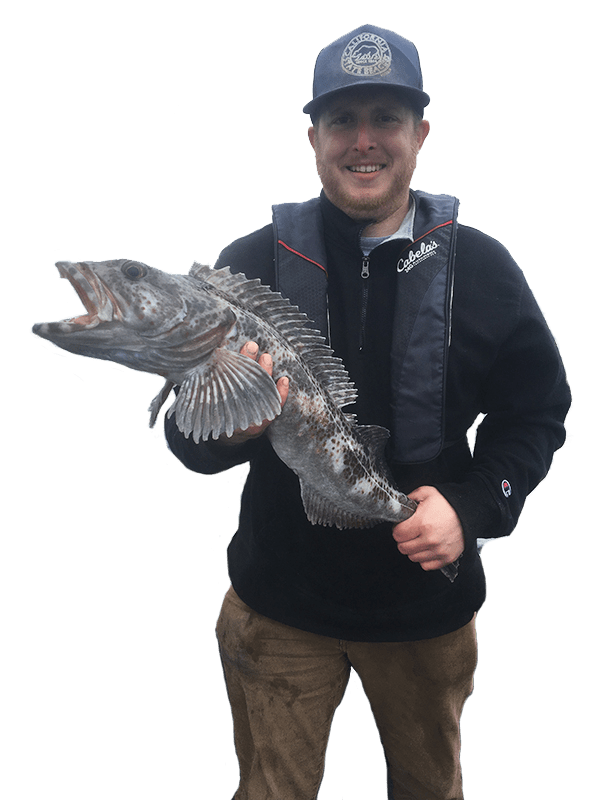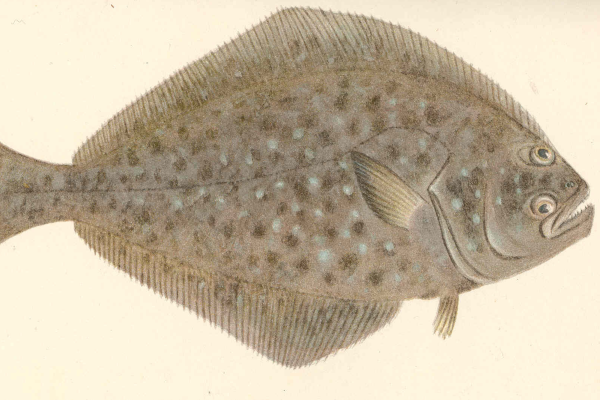Everything About Seabass Fishing in Oregon
The United States of America is very rich in water resources and fish. Tourists can always count on sea or ocean fishing because they can fish in different natural areas but still consider local legislation requirements.
Oregon will delight fishers with an abundance of halibut, smelt, seabass, anchovies, and sardines. As a bonus, you can fish for crabs and oysters. Trips to the places of entry of the Pacific sturgeon are trendy.
Catching Seabass in Oregon
This schooling predatory fish lives at great depths in the cool seas of temperate and subarctic climates.
All seabass have a rounded body, slightly compressed from the sides, covered with small rough scales. Most deep seabass are colored in some shade of red. These fish have a large head with a large mouth, in which small triangular teeth are placed. The eyes are enormous. The lateral fins of this predator have a brush-like shape. The tail is rounded. All fins are red.
Fishing for seabass is possible at depths of over 300 meters. Sometimes this fish is caught in the bottom layers at a depth of about 2 km. Deep perch grows up to 50 cm long, reaching a weight of 5 kg.
The coastal seabass subspecies bears more resemblance to its freshwater “namesake.” In body shape, it looks more like a deep perch. One-color of this fish is gray-green with dark spots and vertical stripes.
Typically, the coastal subspecies live at depths of up to 30 meters. This fish grows up to a length of 30 cm and weighs up to 3 kg.
All perches are sedentary fish living in large schools. These fish are territorial predators. They don’t like strangers. They jealously guard their hunting grounds. Large seabasses try not to approach the shore. To catch large seabass, you need to move away from the beach. Small individuals appear near the coast, mainly in the morning from sunrise to 9.00. However, in bad weather (strong wind, big wave), this rule can be neglected.
Best Seabass Fishing Spots in Oregon
Oregon has over 110,000 miles of rivers, about 2,000 miles labeled Wild and Scenic. Seabass in Oregon is often found in rivers. If you are looking for unique seabass fishing spots in Oregon, check out some of them:
- Wallowa River, OR, USA. Flows through the Wallow Valley before joining the Grand Rond. The waters are famous for fishing, camping, hunting, and wildlife viewing. The upper part is relatively unspoiled, while the lower streams pass through open hilly hills.
- McKenzie River, OR, USA. A popular stop for fishing, camping, rafting, and kayaking, the Mackenzie River flows for 90 miles through the Cascade Ridge as it travels west to Willamette Valley.
- John Day River, OR, USA. The John Day River is the longest free river in Oregon and one of the longest in the United States. The Columbia River’s tributary, the John Day, runs 284 miles with elevations ranging from 265 feet to 9,000 feet. Parts of the river are designated National Wild and Scenic, with the river offering a variety of geological features
- Deschutes River, OR, USA. The Deschutes River, a national wild and scenic river, flows 175 miles through ruggedly beautiful landscapes.
Best Baits for Seabass in Oregon
Seabass is a predator. Therefore the bait for catching this fish must be of animal origin. This fish is happy to hunt for:
- Sea worms;
- Shellfish meat;
- Small fish;
- Crustaceans (shrimp);
- Pieces of chicken meat (cut breast);
- Giblets (Chicken liver and spleen);
The best bait for catching this fish is the sea worm and the meat of small fish. Artificial lures that are used in seabass fishing include:
- Small spoons;
- Active and passive jig lures;
- Deep-sea wobblers;
Seabass is a relatively slow fish. Therefore, you should not rush to reload the gear. She pecks eagerly, actively. Usually, there are no problems with playing seabass.
Common Techniques for Seabass Fishing
The most popular ways of fishing for seabass are
- Vertical donk;
- Trolling (at meager speed);
- Fishing with float tackle;
- Spinning (marine spinning);
The most effective is fishing for seabass on a vertical bottom.
Seabass Season in Oregon
The most optimal time for catching seabass is from August to December. Often, a good bite of the seabass happens in April. The most active biting is observed at dusk at sunset.
Seabass Fishing Regulations in Oregon
Oregon requires an angler to fish seabass with only one rod. The law is the same for catching all types of fish – either donka, spinning, floating rod, or fly fishing. You cannot lower more rods from the boat than licensed anglers in the boat.
Cooking Oregon Seabass
Well-baked seabass is a portioned fish with minimum bone content. A very tasty and juicy cape of fish is baked and fried equally well in foil, leaves, and even a sea salt coat. It is believed that for such baked fish, it is enough to serve the sauce. However, seabass with vegetables will be tastier for a regular lunch. You can add baked vegetables or boiled potatoes.
Hiring a Fishing Charter for Halibut Fishing
It’s always wise to charter a fishing guide. They ensure every part of your trip goes as well as possible, and provide you with everything you’ll need as you fish.
This includes a competent captain and an experienced local guide, excellent fishing gear, accommodations, and their fishing license. So, all you need to do is to prepare yourself for a great and memorable adventure.
If you’re thinking of hiring a fishing charter, check out Newport Oregon Fishing Charters. Alternatively, you can browse our blog for more guides about everything related to fishing, or contact us for any questions and inquiries.
Other Fish to Catch in Oregon
Besides seabass, Oregon houses sea creatures like Dungeness crab, cabezon, lingcod, salmon, and halibut.
Schedule your Oregon Fishing Charter Today!



